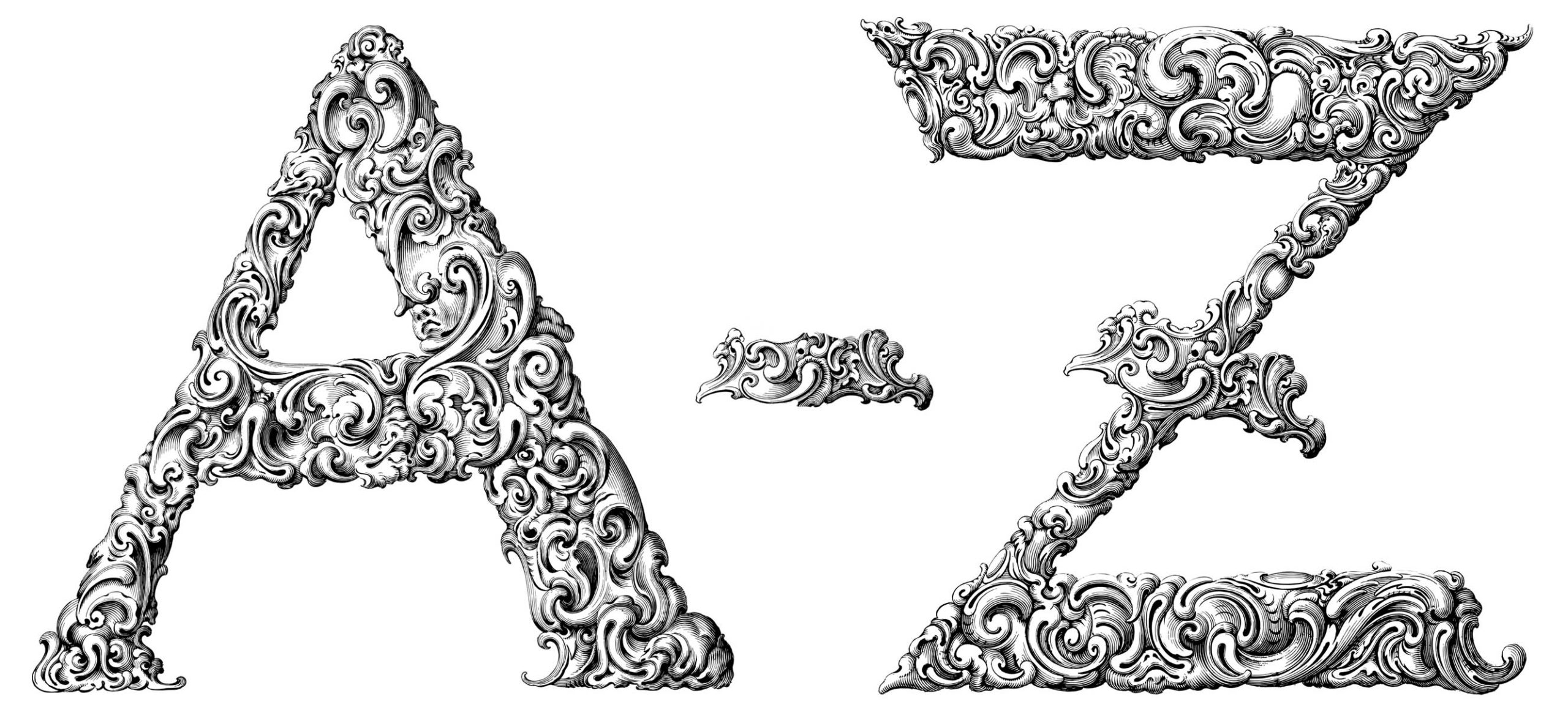
In our latest blog series, we take you through the world of numismatics one letter at a time, bringing you the coin terms, history and facts which make coin collecting a fascinating pastime. We begin, with the letters A to E.

In our latest blog series, we take you through the world of numismatics one letter at a time, bringing you the coin terms, history and facts which make coin collecting a fascinating pastime. We begin, with the letters A to E.
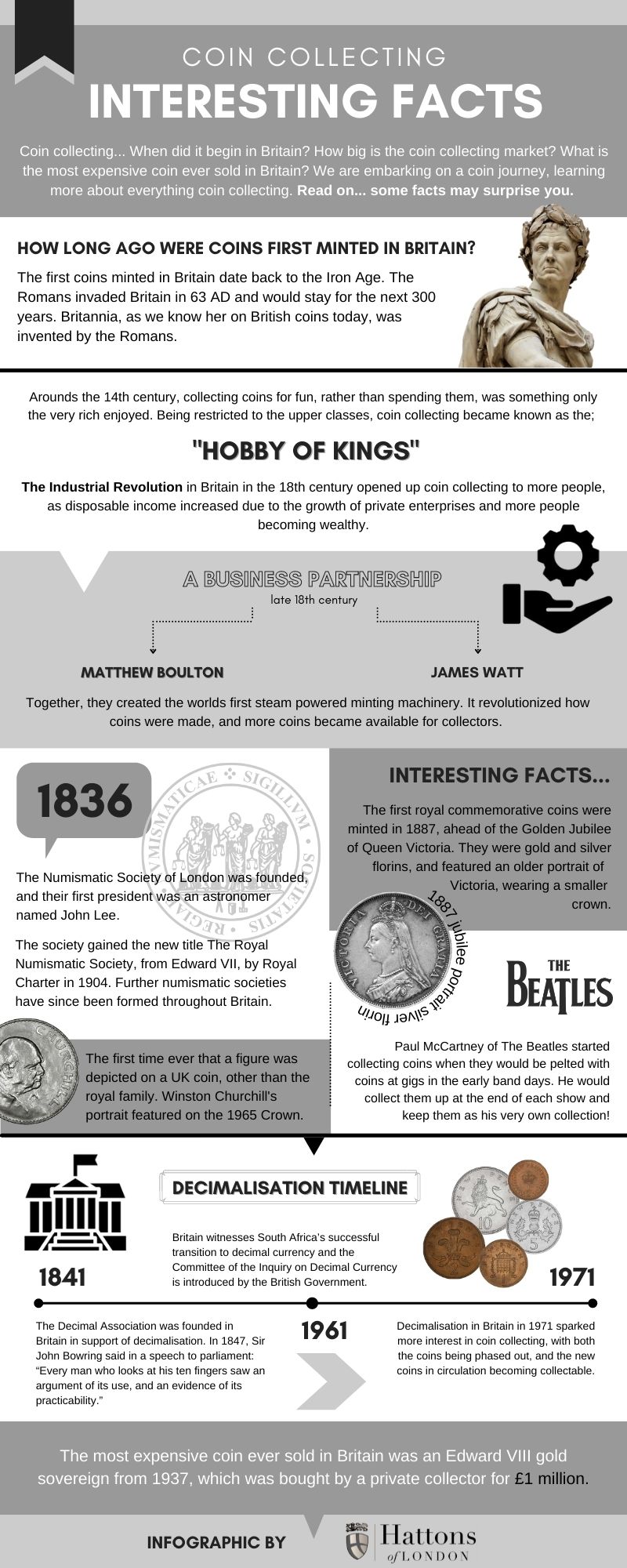
Coin collecting…when did it begin in Britain? What is the most expensive coin ever sold in Britain? We are embarking on a coin journey, learning more about everything coin collecting. Read on…some facts may surprise you.
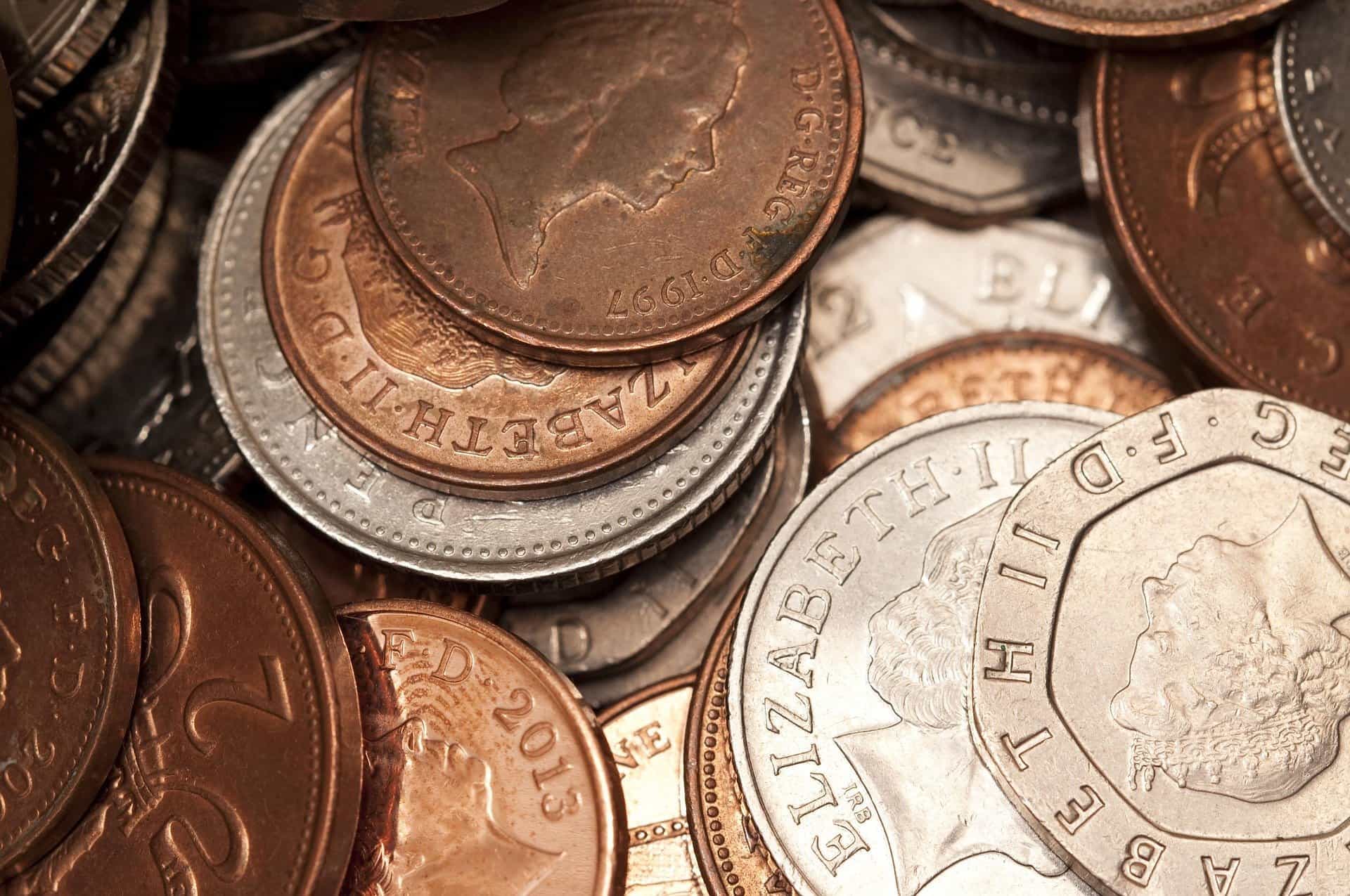
Coin collecting, as a hobby, can take many forms. From collecting a few coins in a jar that you store at the back of a cupboard or in the attic, to keeping your coins in transparent sleeves in a folder to keep them in good condition and make viewing them easier. You may even have collections of coins that you keep in their original presentation cases, that you have never opened.
But what makes a coin collectable? Here, we take a look at four things that collectors think about when obtaining new additions to their collections.

Latin inscriptions have adorned the obverse of British currency for hundreds of years. Here, we take a look at what these inscriptions mean.
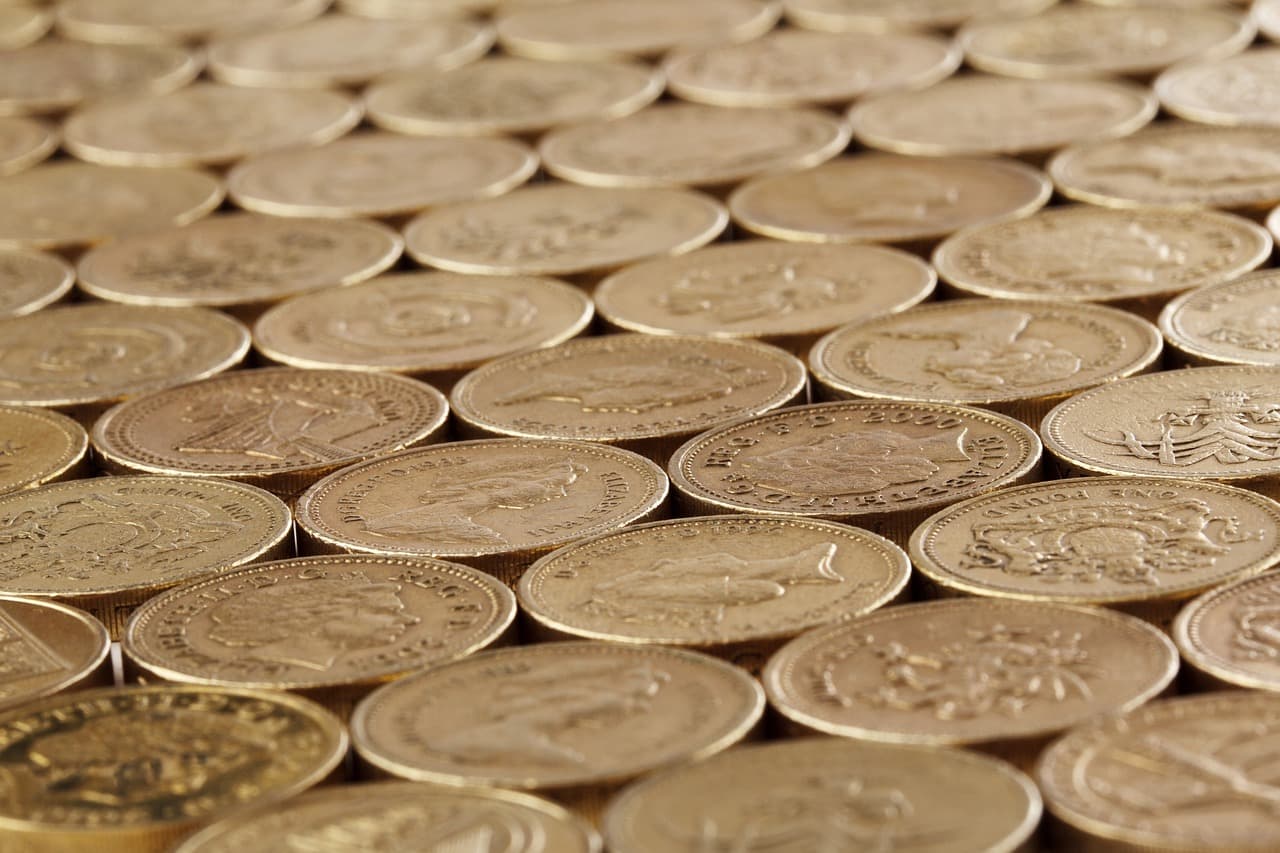
In the wonderful world of numismatics, you will hear many terms for the gold and silver that you purchase, and some of the terms that you may hear could be PROOF, UNCIRCULATED, and BULLION. Here is a quick guide to the differences between the three.
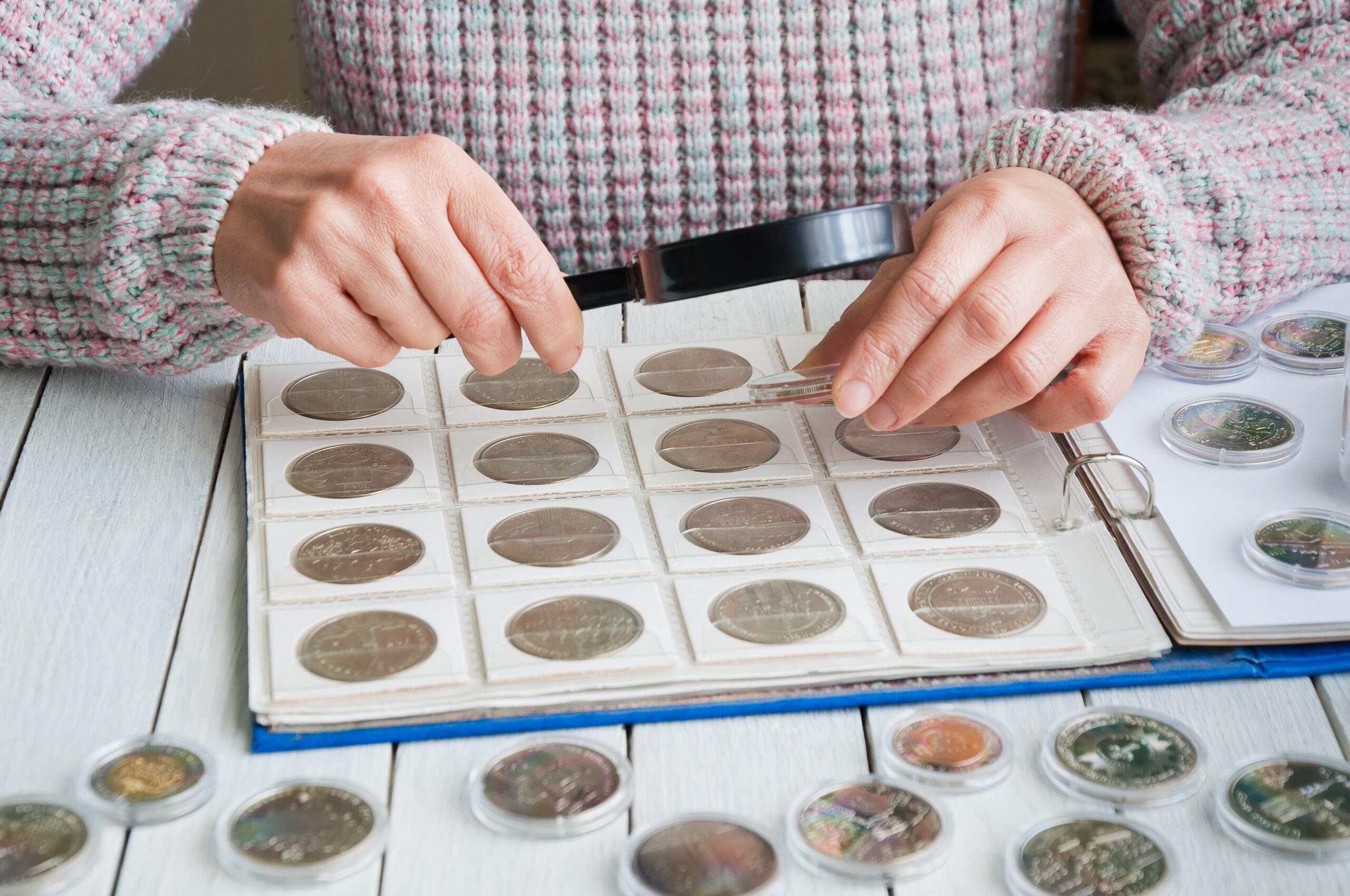
Following on from our blog ‘Coin Collecting Glossary – What You Need to Know’, we take a look at some more of the terms that you may find useful if you are starting out in the wonderful world of numismatics.
Address For The Given PostalCode